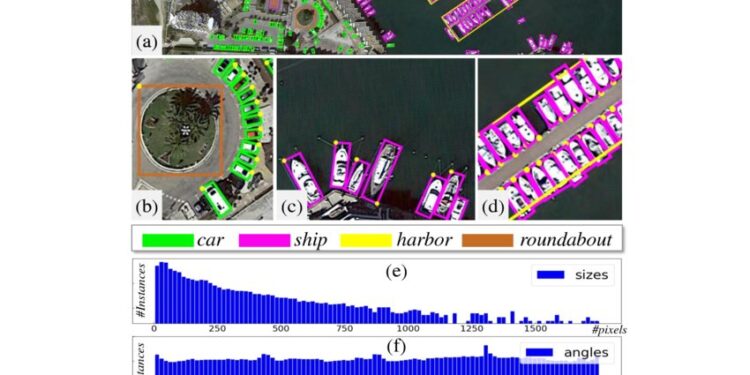A computer vision approach called object detection actively searches for and recognises particular items inside an image or video.
“Representation has always been the key to AI,” said Mr. Hawkins.
It’s an essential part of many ML applications, including augmented reality, surveillance systems, and driverless vehicles. Locating and categorising items in a picture or video is called object detection.
The eight top object detection datasets as of 2023 are compiled in this article.
nuScenes
An autonomous vehicle technology startup called nuTonomy (now owned by Aptiv) created a public dataset for autonomous car perception called nuScenes. High-resolution LIDAR, camera, and accompanying annotation data from actual autonomous vehicles are included in the collection. The 1000 scenes in the nuScenes dataset are individually recorded at a rate of 20 Hz and have a total duration of 20 seconds.
LISA Traffic Sign Detection Dataset
Annotated frames and videos of US traffic signals are gathered by the LISA (Laboratory for Intelligent and Safe Automobiles) Traffic Sign Dataset. The dataset also includes images from several cameras, 47 different types of US signage, and 7855 annotations on 6610 boundaries. LISA is published in two sections, each featuring images, movies, and images.
ObjectNet3D
A sizable dataset for 3D object detection and recognition is the ObjectNet3D benchmark dataset. The collection includes images of 3D objects taken from the front, back, top, and bottom. The goal of the ObjectNet3D collection is to provide a diverse selection of things and settings, such as common household goods, furniture, electronics, and tools.
The dataset is perfect for testing object detection algorithms in practical applications because the images were collected from real-world scenarios.
Open Images V6
The public can utilise the Open Images V6 dataset for object detection, segmentation, and recognition at no cost. The collection, which was made public in February 2020, includes pixel segmentation and tagged images. The collection’s images came from a variety of places, such as Flickr, Wikipedia, etc.
CIFAR 100
In machine learning research, the CIFAR-100 image recognition dataset is frequently used. There are 60,000 photos altogether across the 100 classes, each of which has 600 images. Birds and mammals are examples of coarse-grained types, whereas animals, automobiles, and common objects are fine-grained classes.
The CIFAR-100 dataset presents a challenge for object recognition algorithms due to its small image size and large number of classes.
Pascal VOC
A benchmark for object detection and classification in computer vision is the Pascal Visual Object Classes (VOC) dataset. It was created by the Visual Object Classes (VOC) project at the University of Oxford, and it has subsequently evolved into a common dataset for testing object detection algorithms. Additionally, it comprises images of these objects in various positions and environments, making it a varied and difficult collection for object detection algorithms.
COCO Dataset
Microsoft developed the massive picture recognition dataset known as COCO (Common Objects in Context). It is one of the top datasets for object detection and is frequently used in research on object recognition and computer vision. Bounding boxes have been placed around objects that have been labelled on the photos in the dataset, creating an extensive training set for object detection algorithms. Instance segmentation masks, which reveal details about an object’s shape in a photograph, are also included in the collection.
ImageNet
The WordNet hierarchy serves as the foundation for ImageNet’s classification of images. In this dataset, each system link is represented by hundreds of thousands of images.
Two crucial demands in computer vision research led to the creation of the dataset. The first need was to develop a North Star computer vision challenge. Second, for more generalizable machine learning algorithms, additional data was needed.









